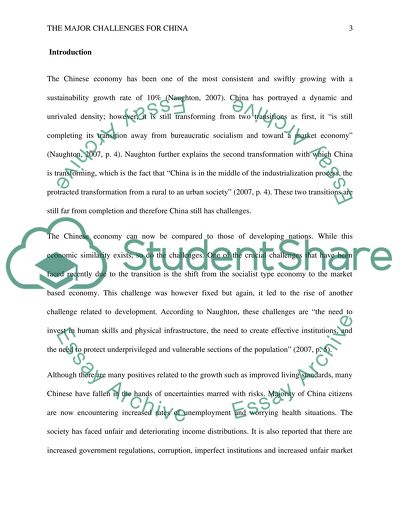Cite this document
(“The major challenges for China; Why the past successful export-led Essay”, n.d.)
The major challenges for China; Why the past successful export-led Essay. Retrieved from https://studentshare.org/marketing/1630628-the-major-challenges-for-china-why-the-past-successful-export-led-growth-model-cannot-continue-how-the-chinese-economy-should-be-further-reformed
The major challenges for China; Why the past successful export-led Essay. Retrieved from https://studentshare.org/marketing/1630628-the-major-challenges-for-china-why-the-past-successful-export-led-growth-model-cannot-continue-how-the-chinese-economy-should-be-further-reformed
(The Major Challenges for China; Why the past Successful Export-Led Essay)
The Major Challenges for China; Why the past Successful Export-Led Essay. https://studentshare.org/marketing/1630628-the-major-challenges-for-china-why-the-past-successful-export-led-growth-model-cannot-continue-how-the-chinese-economy-should-be-further-reformed.
The Major Challenges for China; Why the past Successful Export-Led Essay. https://studentshare.org/marketing/1630628-the-major-challenges-for-china-why-the-past-successful-export-led-growth-model-cannot-continue-how-the-chinese-economy-should-be-further-reformed.
“The Major Challenges for China; Why the past Successful Export-Led Essay”, n.d. https://studentshare.org/marketing/1630628-the-major-challenges-for-china-why-the-past-successful-export-led-growth-model-cannot-continue-how-the-chinese-economy-should-be-further-reformed.


